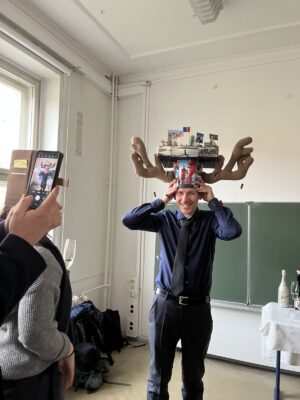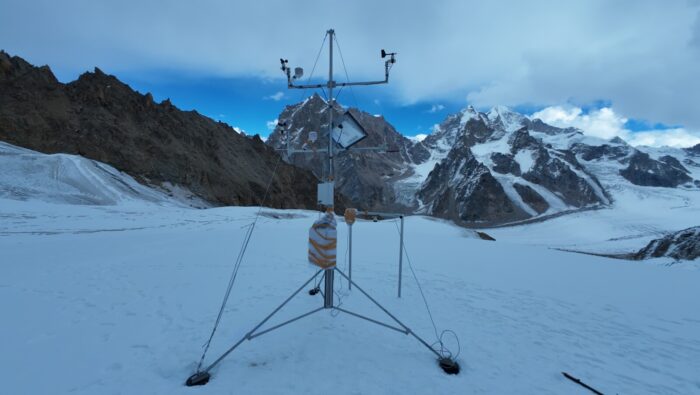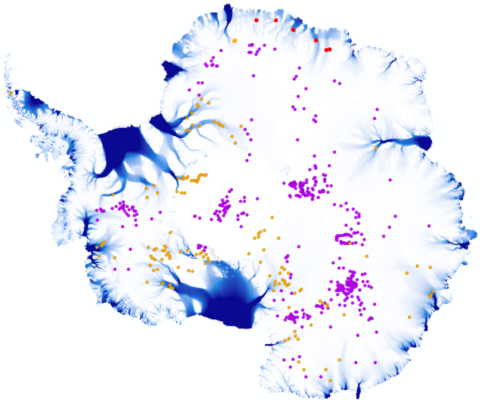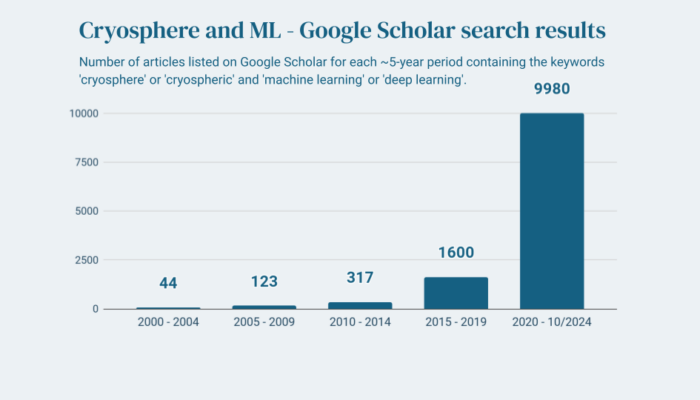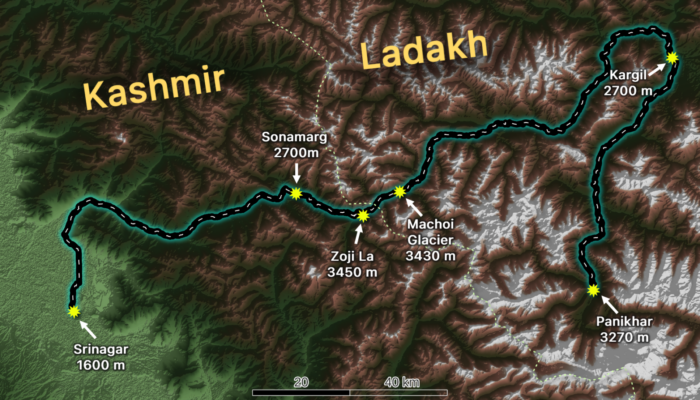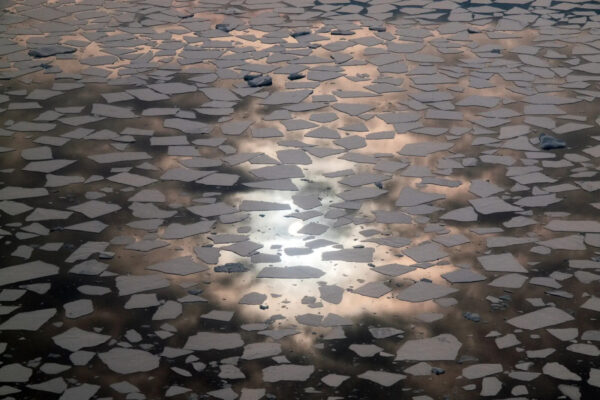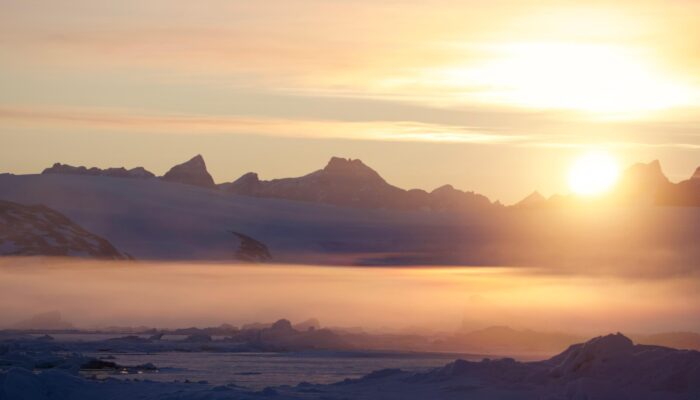This miniseries features the tradition of ‘PhD hat’ making in German research institutes and universities. For those of you unfamiliar with this idea (as I once was), this is one of the final milestones a graduate student has before they are officially a “Dr.”. Upon the successful defense of a thesis, the peers of the PhD student craft a graduation hat from a mishmash of scrap cardboard and memora ...[Read More]
Cryosphere Caps: PhD hats and the researchers that wear them – Episode 1
